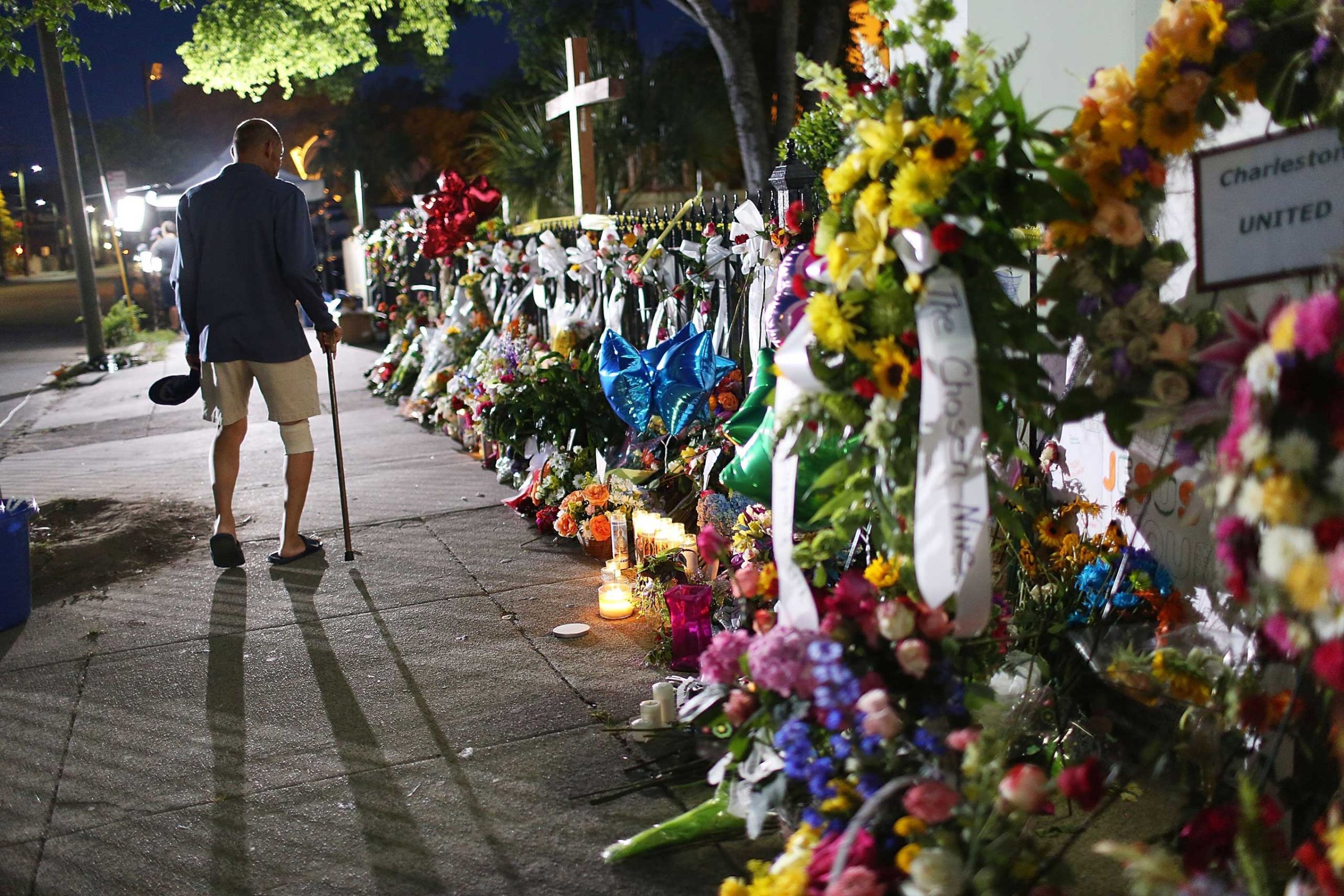
Baltimore was two months ago. Ferguson was eight months before that. And now Charleston. For many black Americans, there really are two Americas. As a thought experiment, we looked at the health, wealth and other stats on black America, and compared it internationally. The results show that America—all of America—needs to do much, much better.
1. Education
Education is supposed to be the great equalizer. The world may not be fair, but it’s supposed to be a lot fairer within the four walls of a classroom. But the numbers tell a different story. African Americans are twice as likely as whites not to finish high school. If white America were a country, its high school graduation rates would rank with the likes of the U.K. and Finland; black America would be on par with Chile and Poland. Black students are suspended and expelled at roughly three times the rate of their white counterparts. Of students who receive multiple suspensions, 42 percent are black; and 34 percent of students expelled are black. And the world they are sent out to isn’t much kinder.
2. Wealth
What happens after high school? 21% of whites end up successfully completing a college degree, compared to only 13% of blacks. But even if they achieve that milestone, the payoff is nowhere near the same. A white family at the median sees a return of approximately $56,000 after completing a four-year degree; a black family sees a return of around $4,900. In fact, “black household wealth is just over the median wealth of an adult” in the Palestinian territories, which is not a comparison you want to see made about any group living in America in 2015. Looking at GDP per capita, blacks make $23,000 compared to the U.S. national average of $53,000. If black America really were its own country, it would be ranked 44th globally on that figure—between crisis-hit Portugal and post-Communist Lithuania. The most damning statistic? The median black household has just 6 percent of the total wealth ($7,113) that the median white household has ($111,146).
(US News, Forbes, Atlantic, Politifact, Forbes, Washington Post)
3. Health
No surprise, a less wealthy lifetime means a less healthy lifetime—and it starts from the beginning. Infant mortality for blacks in America is 11.5 for every 1,000 births; the figure for whites is 5.2. Black Americans’ rates put them with the likes of Mexico (12.58) and Thailand (9.86), whereas white Americans are much closer to Switzerland (3.73) and Japan (2.13). That’s how the racial disparity starts, but how does it end? Black Americans can expect to live a full four years less on average than whites, who on average make it to 79. A life expectancy of 75 years places black Americans below Tunisia, Panama, Costa Rica and Cuba.
4. Incarceration
From bad to worse: 1 in 3 black males will go to prison at some point in their life if current trends continue, compared to 1 in 17 white males. Women fare better, but not much—black women are incarcerated at (only) twice the rate that white women are across the country. Overall, blacks only make up some 14 percent of the national population, but are 38 percent of the total prison population. If black America were its own country, it would rank No. 3 on the world list of absolute prison incarceration, ahead of Russia, Brazil, India and Thailand. And once in prison, it gets worse; 60 percent of all prisoners sent to solitary confinement are black.
(Huffington Post, US Department of Justice, Salon, International Center for Prison Studies, Salon)
5. Violence
America’s homicide rate is a national tragedy—but it’s much worse if you’re black. White America’s rate of 2.5 deaths per 100,000 is just somewhat higher than Finland (2.0), Belgium (1.7) and Greece (1.7). But at 19.4 deaths per 100,000 people, black America’s homicide rate puts it above Burma (15.2) and just below Nigeria (20.0). But it’s fatal police shootings where the figures become truly tragic. If you are a young black male in America today, you are 21 times more likely to be shot and killed by a police officer than if you are a young white male. If you’re black, you’re also more than twice as likely to be shot and killed by a police officer while unarmed. Over the past year, 41 percent of all unarmed people killed by police were black.
America is better than this. It’s about time we show it.
See Charleston Come Together to Mourn Church Shooting Victims
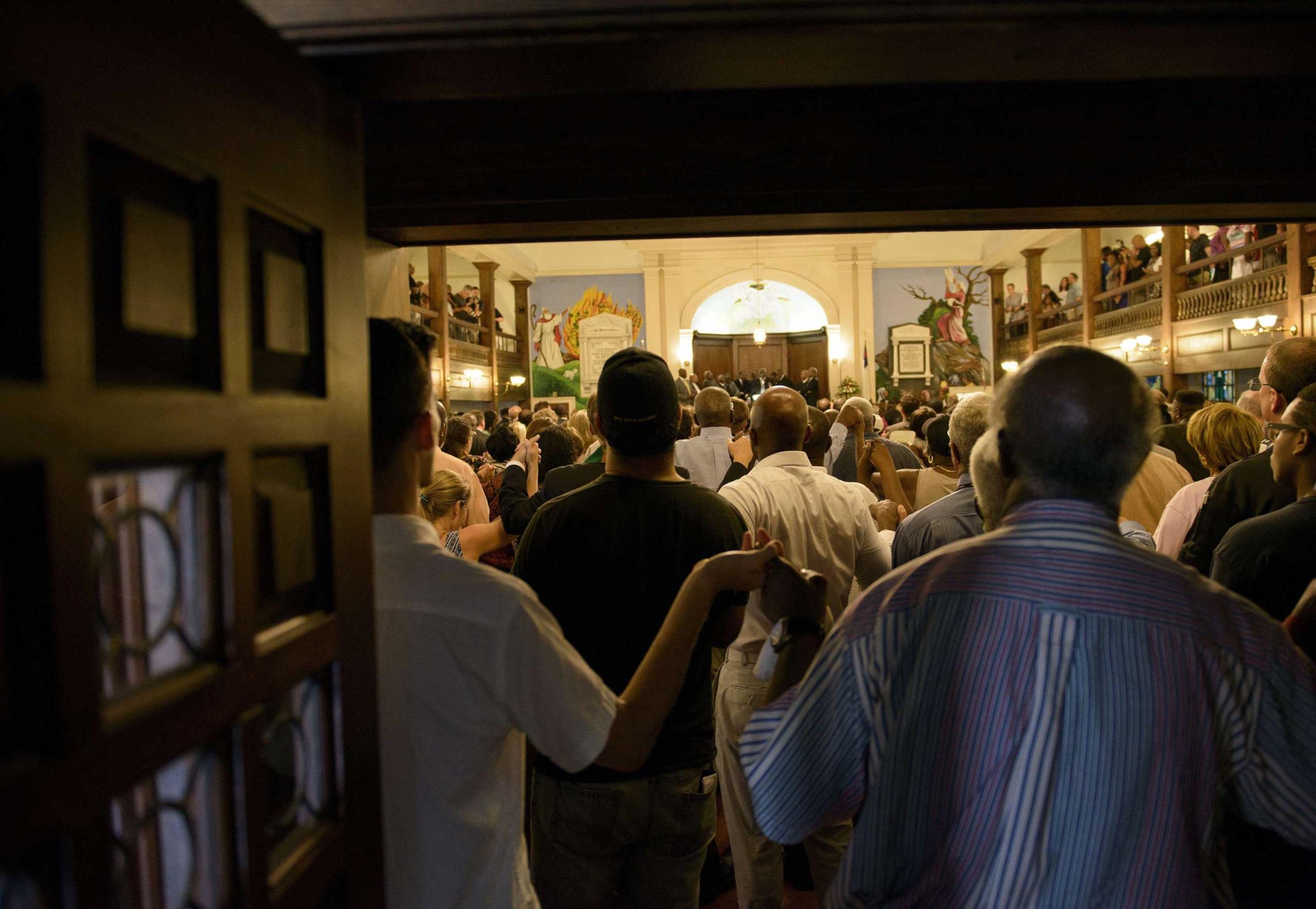
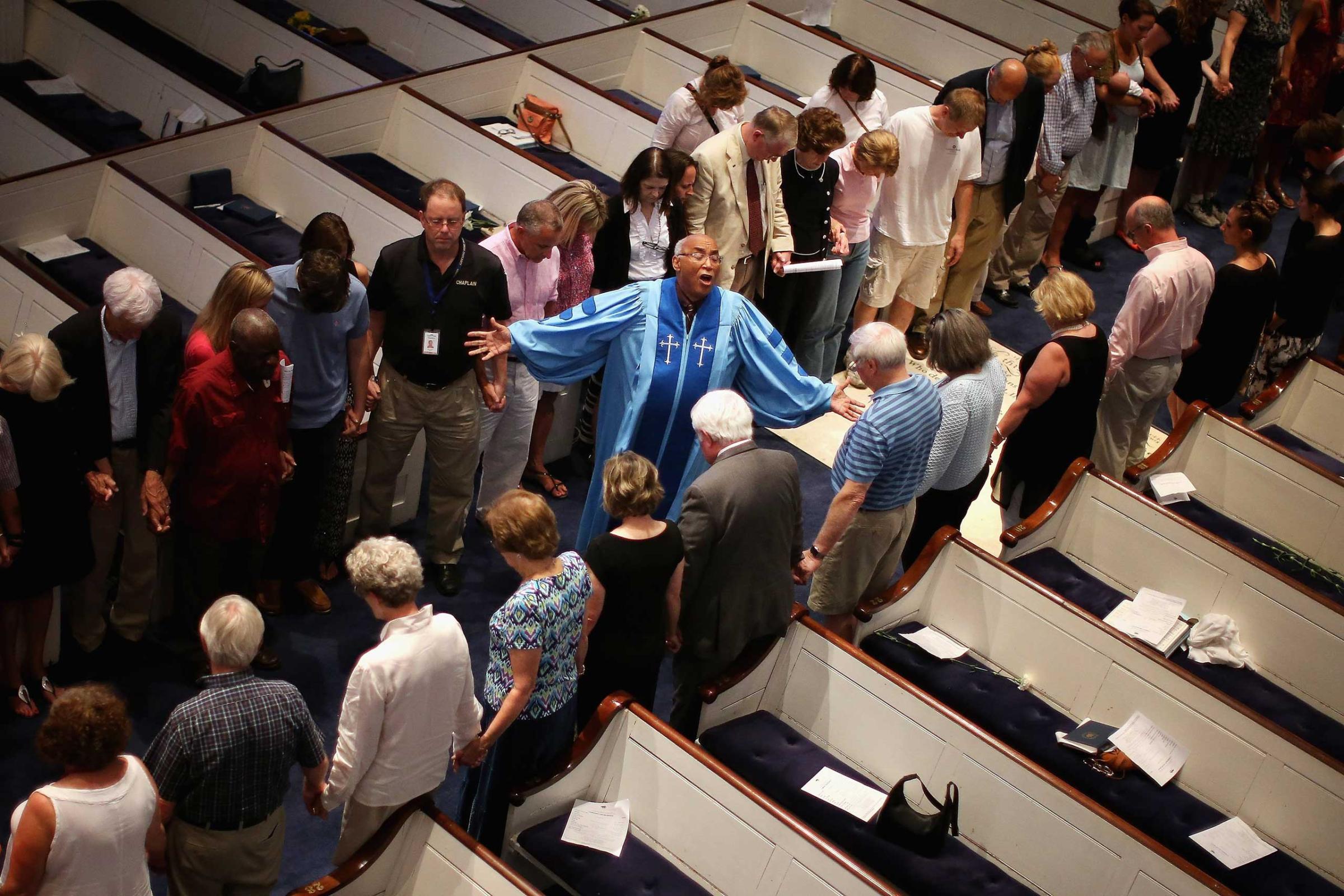


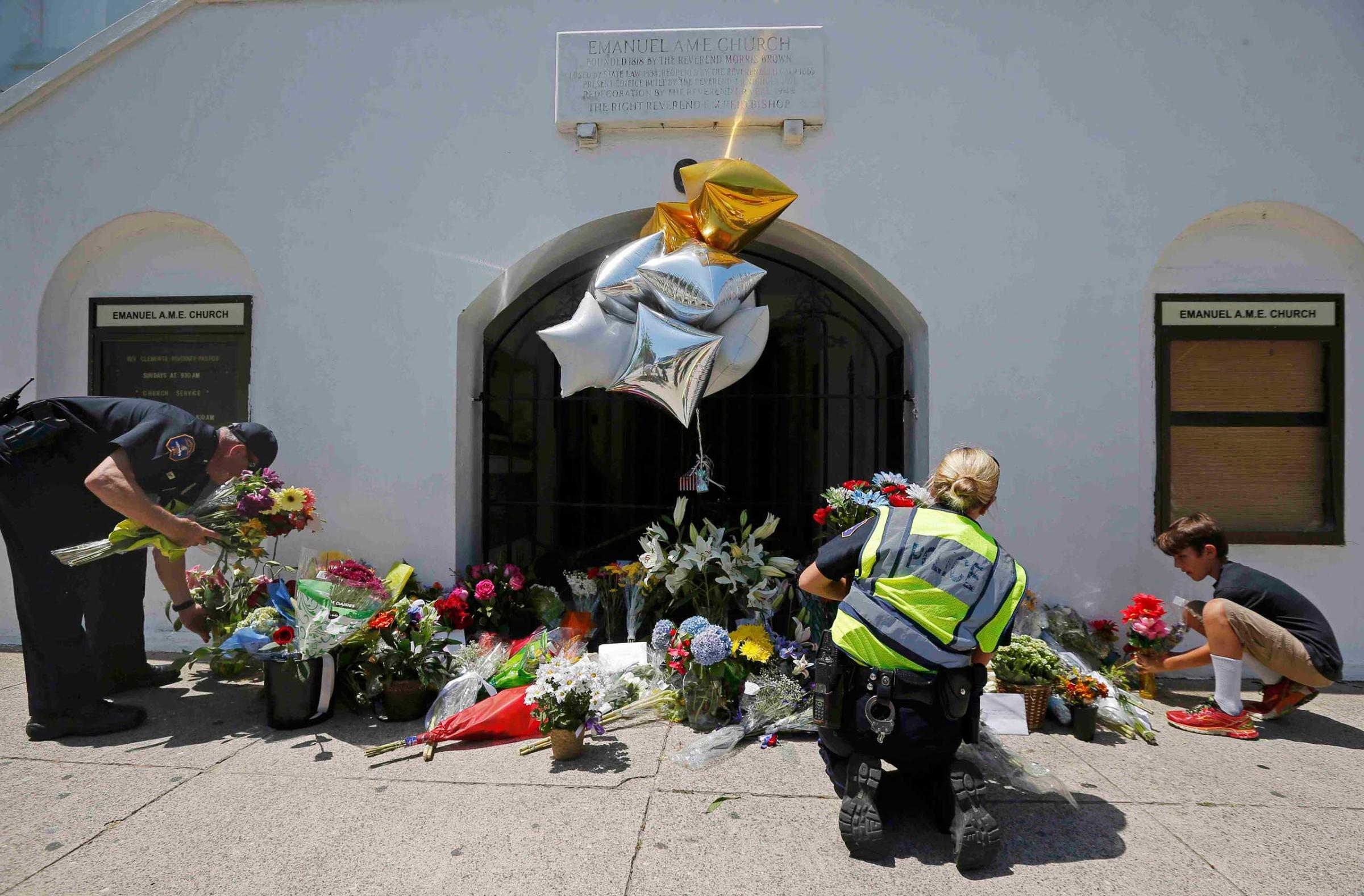





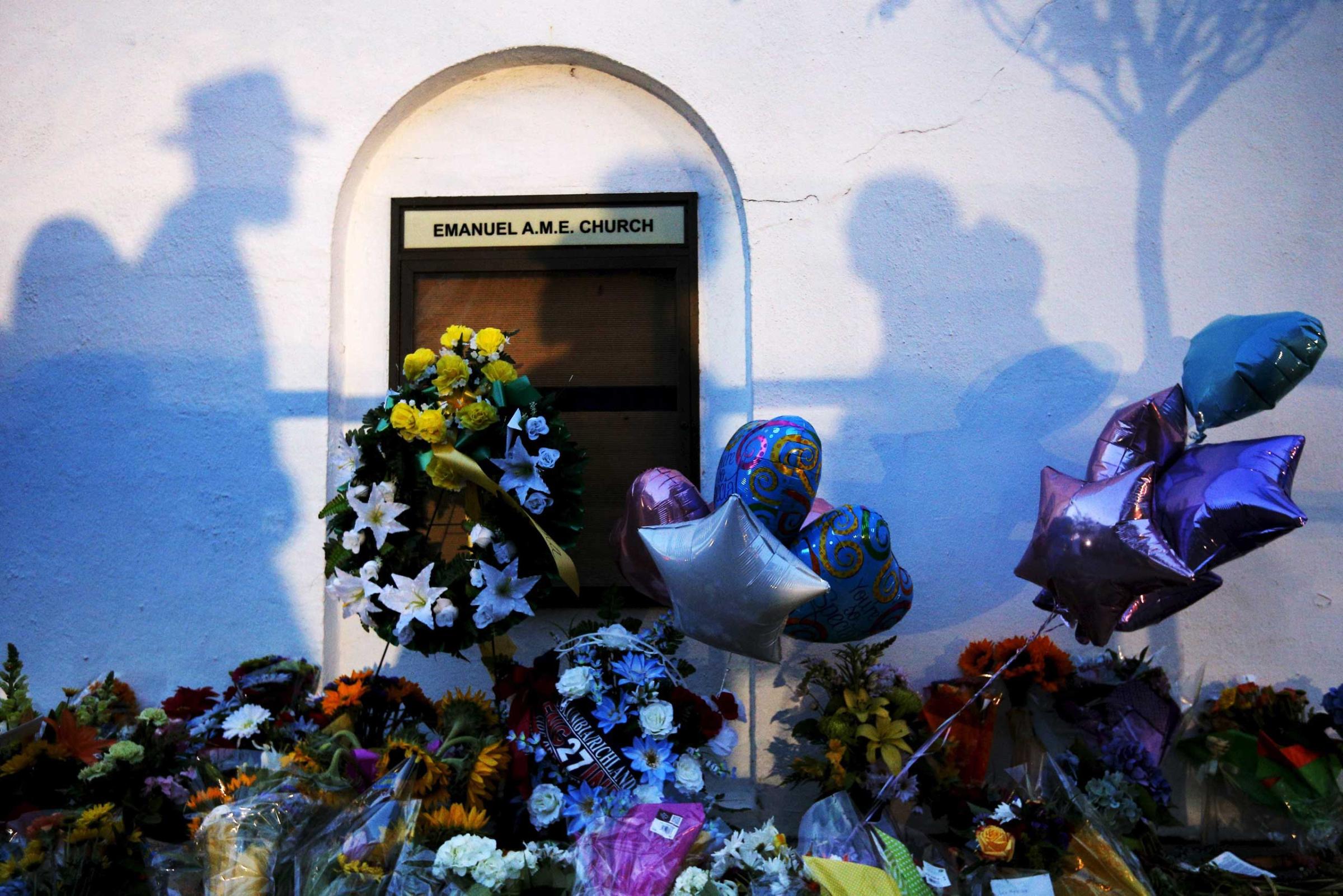

More Must-Reads From TIME
- The 100 Most Influential People of 2024
- Coco Gauff Is Playing for Herself Now
- Scenes From Pro-Palestinian Encampments Across U.S. Universities
- 6 Compliments That Land Every Time
- If You're Dating Right Now , You're Brave: Column
- The AI That Could Heal a Divided Internet
- Fallout Is a Brilliant Model for the Future of Video Game Adaptations
- Want Weekly Recs on What to Watch, Read, and More? Sign Up for Worth Your Time
Contact us at letters@time.com